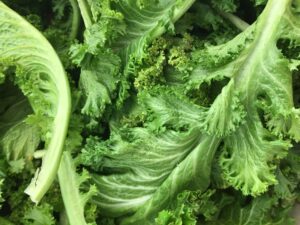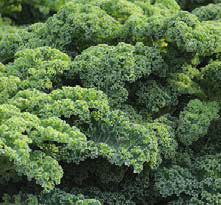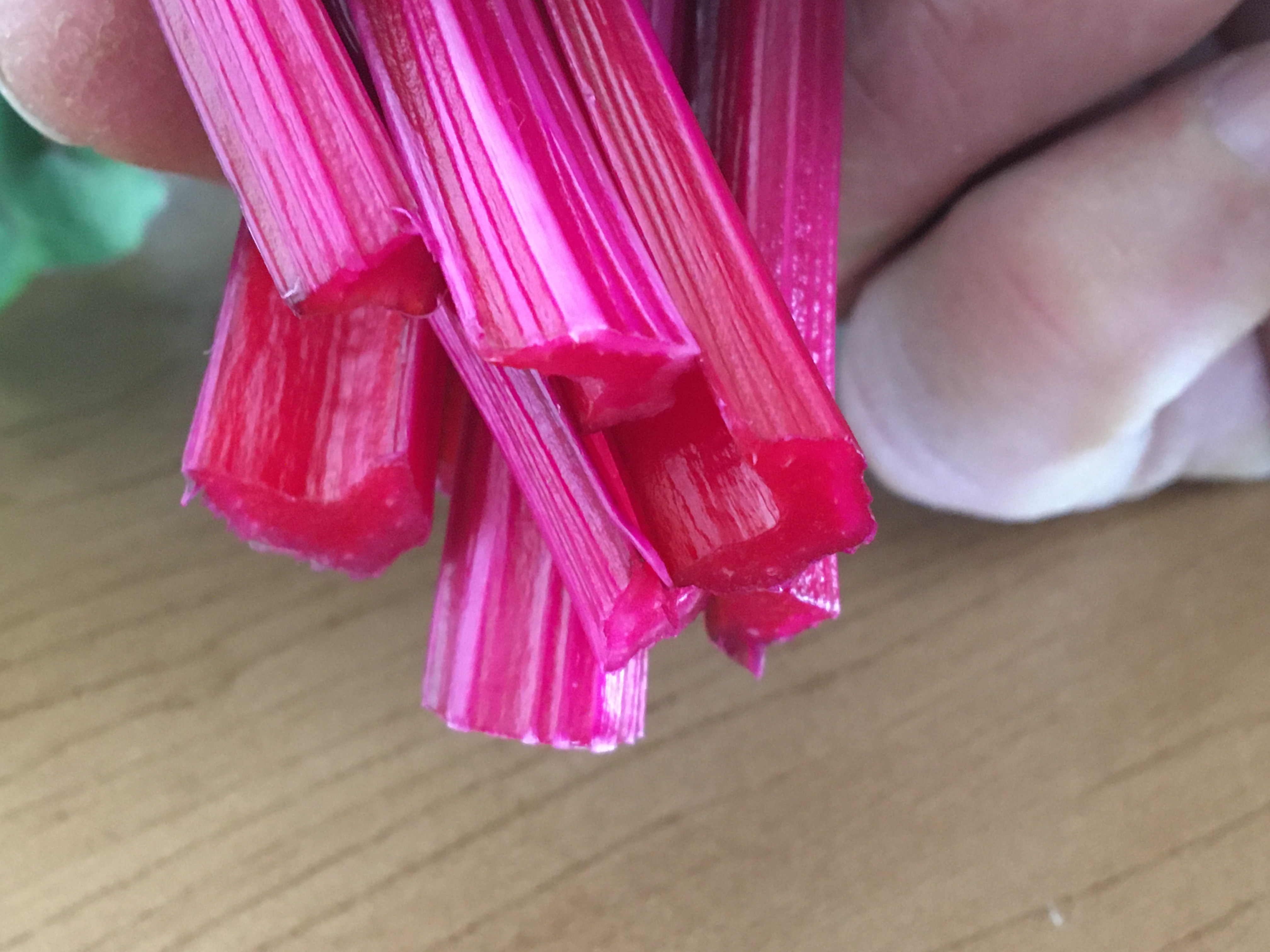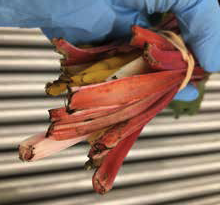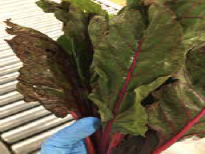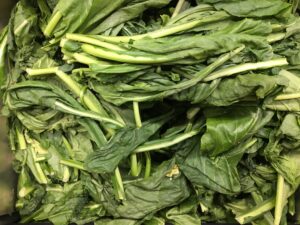Postharvest Produce Guide – Leafy Greens
go.ncsu.edu/readext?919127
en Español / em Português
El inglés es el idioma de control de esta página. En la medida en que haya algún conflicto entre la traducción al inglés y la traducción, el inglés prevalece.
Al hacer clic en el enlace de traducción se activa un servicio de traducción gratuito para convertir la página al español. Al igual que con cualquier traducción por Internet, la conversión no es sensible al contexto y puede que no traduzca el texto en su significado original. NC State Extension no garantiza la exactitud del texto traducido. Por favor, tenga en cuenta que algunas aplicaciones y/o servicios pueden no funcionar como se espera cuando se traducen.
Português
Inglês é o idioma de controle desta página. Na medida que haja algum conflito entre o texto original em Inglês e a tradução, o Inglês prevalece.
Ao clicar no link de tradução, um serviço gratuito de tradução será ativado para converter a página para o Português. Como em qualquer tradução pela internet, a conversão não é sensivel ao contexto e pode não ocorrer a tradução para o significado orginal. O serviço de Extensão da Carolina do Norte (NC State Extension) não garante a exatidão do texto traduzido. Por favor, observe que algumas funções ou serviços podem não funcionar como esperado após a tradução.
English
English is the controlling language of this page. To the extent there is any conflict between the English text and the translation, English controls.
Clicking on the translation link activates a free translation service to convert the page to Spanish. As with any Internet translation, the conversion is not context-sensitive and may not translate the text to its original meaning. NC State Extension does not guarantee the accuracy of the translated text. Please note that some applications and/or services may not function as expected when translated.
Collapse ▲Postharvest Handling Guidelines
Leafy greens may include Brassicas (ie., kale, collards, mustard greens, arugula, etc.), or Goosefoot (ie., Swiss chard, spinach).
Harvest early in the morning when temperatures are cool, leaves are well hydrated. Leafy greens have a high respiration rate, and can not be stored long; remove field heat quickly; store at 32° and 90-95% relative humidity. Kale and collards may be stored up to 2 weeks, spinach, arugula only 4-7 days.
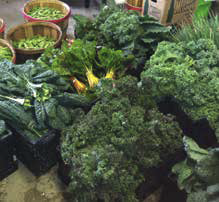
Leafy greens may be bundled with rubber bands or in clear plastic sleeves, packed in boxes, or packed in a clamshell if baby leaves.
Quality Specifications
Greens should be cut fresh with crisp stems; leaves should have good color,
clean, with no insect, disease damage, or debris.
Common Quality Issues
Black stems indicate product is not fresh.
Holes in leaves indicate insect feeding; leaf spots may be disease, nutritional issues, and/or over mature; leaves are wilted, not fresh.
Greens wilted due to poor postharvest handling practices are unacceptable to the consumer.



